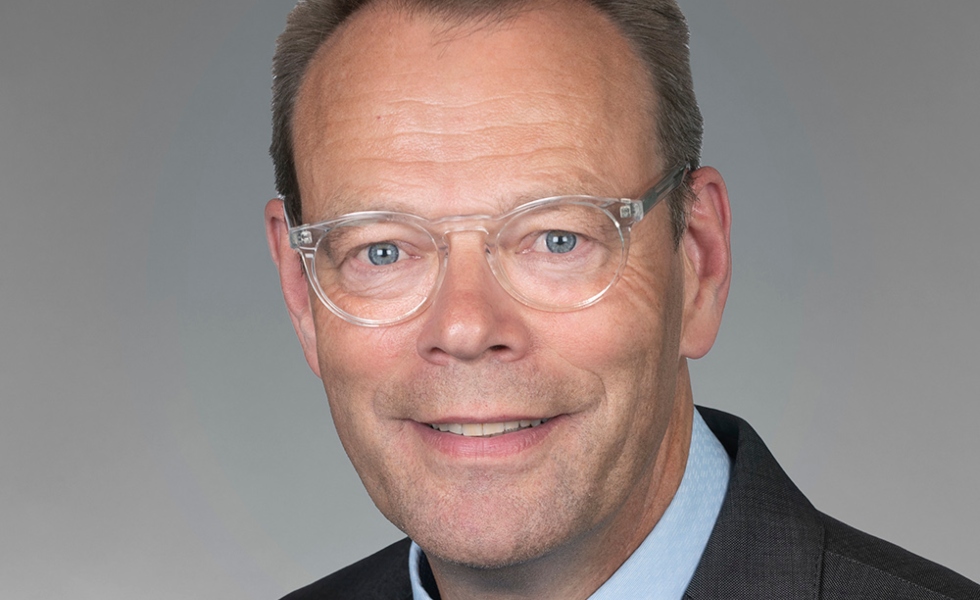Dick Kamp: Risk management and exponential risk
Dick Kamp: Risk management and exponential risk

By Dick Kamp, Director Pension, Investment and Risk at Milliman Pensioen
The fact that the chance of a risk occurring is small does not necessarily mean that the impact of the risk is small as well. Exponential risks should never be ignored.
A classic story is that of the reward that the inventor of chess asked of the ruler. 'Just give me one grain of rice on the first square of the chess board and double it on the next square.' We all know there is not that much rice in the world. In the story, things did not end well for the inventor of chess.
The phenomenon behind this, exponential growth, is encountered very often in everyday life. A simple example is that of the fire insurance of your home. You pay a very low premium that covers enormous potential damage. The chance of damage actually occurring is very small, but if it does occur, the damage is very great. If you share the costs with each other, it is bearable for everyone.
One costantly works with this phenomenon when developing a risk management framework. After all, when assessing the risk, the likelihood and impact are taken into account. With an exponential probability the impact is significan, which makes it difficult in practice. There are a number of things going on. Do you recognize the risk? And do you also recognize it if the event with this risk actually occurs? Is there a control measure and is it actually effective?
The entire structure surrounding investments is built on this. After all, opportunities and threats, positive returns and negative returns, their volatility and the correlations between the instruments form the basis for the investment portfolio. It also explains why pension funds are long-term investors and, in extreme cases, pursue very limited tactical policies.
But running a pension fund does not only consist of investing and managing actuarial-technical (so to speak) quantitative risks. It also concerns 'qualitative' risks. These are much more difficult to discover, quantify and manage, but can have existential consequences.
A random but famous example (outside the industry) is the development of the Boeing 737Max. The short version of the story is that a strategic decision to install new, economical engines on an old aircraft design in an extremely short development period (due to competition) has cost the lives of many people and also many billions in repair work. An apparently simple (management) decision in a (hierarchical) organization without much room for dissent has caused a human, financial and reputational tragedy.
What does this teach pension fund managers? Accidents can happen anywhere and the consequences can be serious. It is important to have such controls in the organization that a rising fire is quickly extinguished. How can a pension fund give concrete shape to this?
Firstly, governance and corporate culture must be considered. Accidents can never be completely prevented. It therefore comes down to organizing power and countervailing power, alertness and freedom to identify and discuss, in such a way that emerging risks are identified at an early stage and control measures can be taken. That is why three lines of defense, diversity in boards, expertise in boards and management agencies and attention to an open culture are so important.
Secondly, the processes must be examined and the risk framework must be periodically recalibrated, for example on the basis of the risk registers. In addition, ad hoc identification and agenda-setting of risks are important in order to consciously consider (external) developments that could have an impact on the fund.
In short, exponential risks are an inescapable part of existence. They can never be completely prevented, but consciously accepting and controlling them is possible and the tools for this are already available. And perhaps the most important of these is a continuously open and critical view.
This is the twenty-fifth column in a series on risk management. The series aims to encourage the reader to consider risk management as an integral part of running a pension fund.










